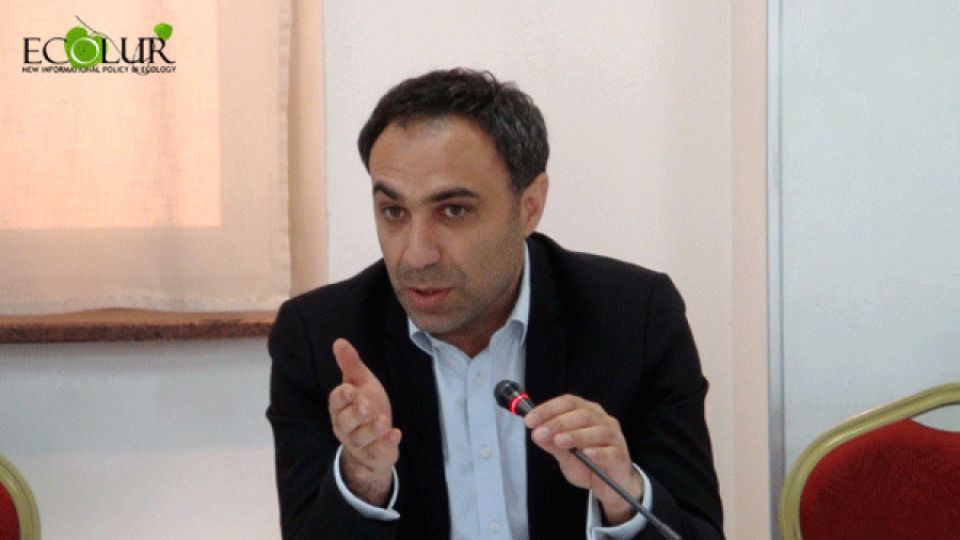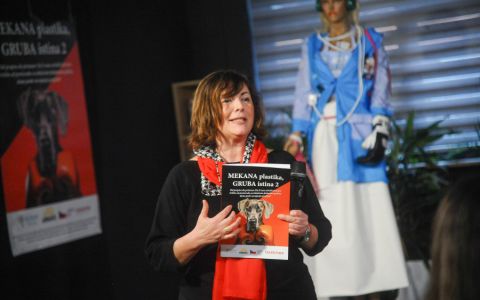The intensive development of metal mining in Armenia is accompanied by health problems connected with environmental pollution. Over many years the residents living near mines and plants have continuously been sounding the alarm about illnesses caused by toxic emissions, heavy metals, and the pollution of water and soil resources including carcinogenic ones. The local residents are demanding that studies be conducted in their residential areas. They also strongly are requesting the introduction of a health insurance system.
The Deputy Director-General of the National Centre for Disease Control and Prevention, Nune Bakunts, mentions there is no developed methodology available which will prove the correlation between mining and the development of diseases.
“We should understand that the impact of mining on health is not unequivocal. Worldwide, the cause of cancer diseases hasn’t been explained; we need a methodology and a lot of data on the environment. The methodology is currently being developed,” Nune Bakunts said at a discussion organized by Transparency International Teghout Disaster: What is the Solution?
Referring to the health risks posed by the Teghout copper and molybdenum mining project, Nune Bakunts said there is no data. A Teghout resident present at the discussions noted that initial health studies were carried out in the communities before the launch of the mining project so that it would be possible to detect later whether or not there was an increase in diseases.
The president of the Armenian Women for Health and a Healthy Environment NGO, Elena Manvelyan, pointed out that Armenia is the leader in cancer morbidity among 172 countries, according to the global statistics. The head of the AUA Acopian Centre for the Environment, Alen Amirkhanyan, brought up the studies carried out by AUA, that showed a high level of lead detected in the blood of children in the Alaverdi and Akhtala communities in the Lori region. The president of the NGO, the Association for Sustainable Human Development, Karine Danielyan, spoke about a UNICEF-funded project whose results showed that the riskiest mining zones in Armenia are Lori and Syunik.
EcoLur Informational NGO President, Inga Zarafyan, mentioned that all the health data should be available for the public. “Healthcare is not only a matter of treating patients, it’s a business here in Armenia. Healthcare is also measures taken for disease prevention, and the information in this sector must be open,” Zarafyan claims.
“The Health Ministry must play a great role, and we should attempt to bring the ministry into the field of cooperation and not blame it. We need to create an objective picture,” said UNDP Sustainable Growth and Resilience Portfolio Manager Armen Martirosyan.
The original article was published by EcoLur and used by Arnika with the authorization.







